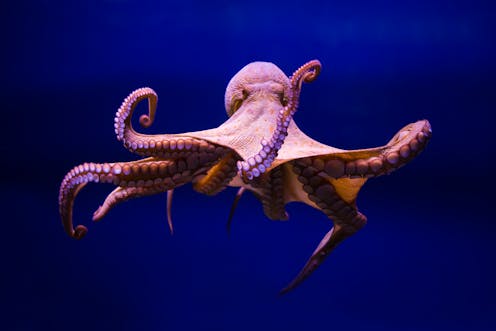

Authors: Erin Spencer, Ph.D. Student in Biology, Florida International University
Read more


